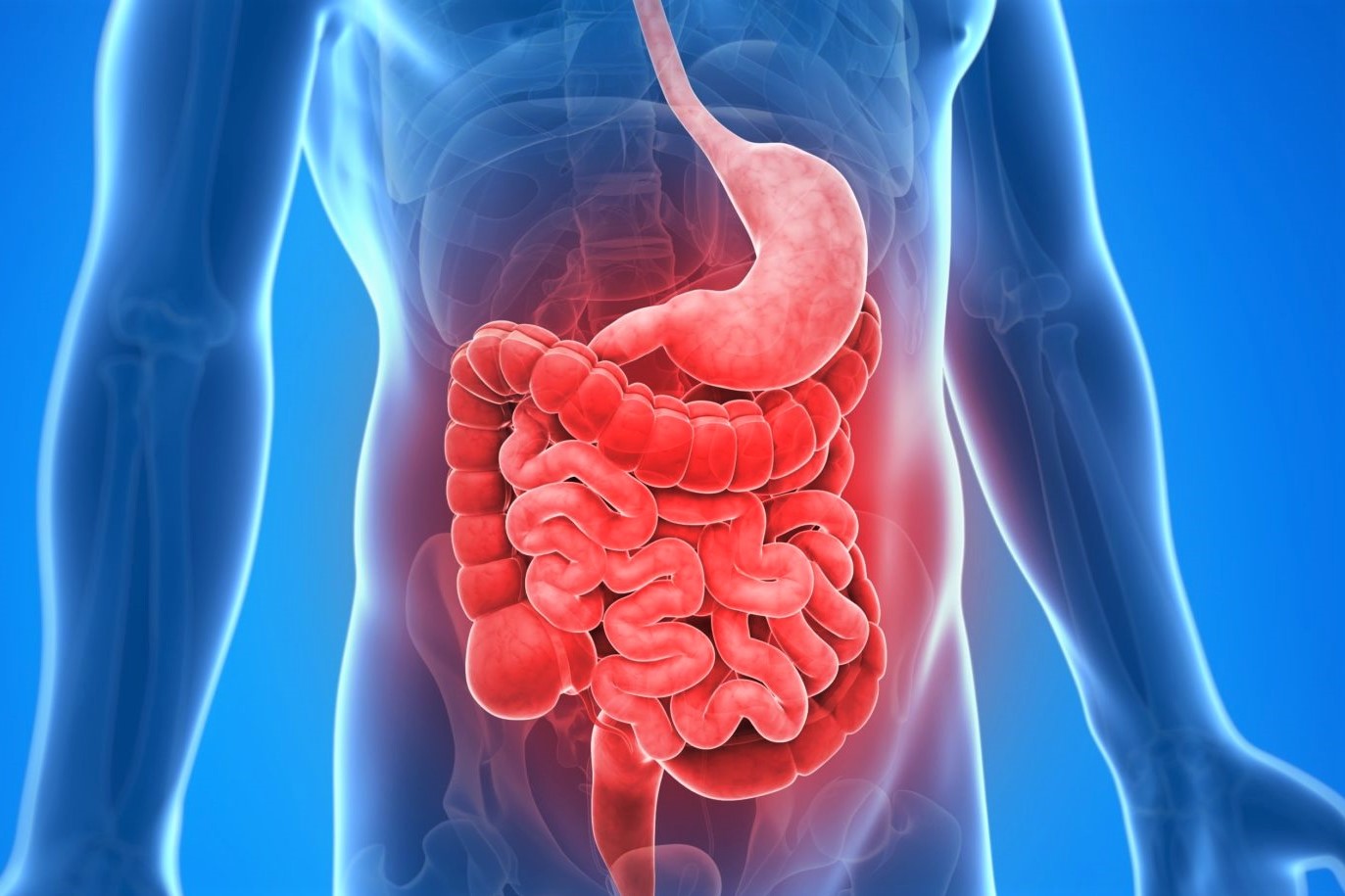
Five types of Crohn's disease: what they are, what they cause
Crohn’s disease causes chronic inflammation and erosion of the intestines or bowel. It can affect different regions of the bowel, stomach, or intestines
There are five different types of Crohn’s disease, each affecting different parts of the digestive tract
There’s no known cause of Crohn’s.
Experts think that it may be due to the immune system reacting to food or bacteria in the intestines or bowel lining.
This is thought to cause the uncontrolled inflammation associated with Crohn’s.
Treatment depends on the type and severity of the disease.
Each of the five types of Crohn’s d. is associated with its own symptoms and specific regions of the digestive tract:
- ileocolitis
- ileitis
- gastroduodenal Crohn’s disease
- jejunoileitis
- Crohn’s colitis
Sometimes people experience more than one type of Crohn’s d. at the same time.
This means several parts of the digestive tract may be affected at once.
The Five Types of Crohn’s Disease
1) Ileocolitis
Most people with Crohn’s d. suffer from ileocolitis.
This form of Crohn’s disease causes inflammation and irritation of the ileum (the lower part of the small intestine) and colon.
Those with ileocolitis may experience symptoms such as:
- diarrhea
- significant weight loss
- pain or cramping in the middle or lower-right region of the abdomen
2) Ileitis
Like ileocolitis, ileitis causes inflammation and irritation of the ileum.
The symptoms for ileitis are the same as those for ileocolitis.
People with ileitis may also develop fistulas (inflammatory abscesses) in the lower-right section of the abdomen.
3) Gastroduodenal Crohn’s Disease
Gastroduodenal Crohn’s disease affects the stomach and duodenum (the first part of the small intestine).
Those with this form of Crohn’s d. often experience nausea, lack of appetite, and weight loss.
People who have gastroduodenal Crohn’s d. may also vomit if small parts of the bowel become blocked.
This is because of intestinal inflammation.
4) Jejunoileitis
Jejunoileitis occurs in the jejunum, or the second part of the small intestine, where it causes areas of inflammation.
Those with jejunoileitis may experience symptoms including:
- cramps after meals
- fistulas
- diarrhea
- abdominal discomfort that can sometimes be severe
5) Crohn’s (Granulomatous) Colitis
This type of Crohn’s d. affects the colon, which is the main part of the large intestine.
It can cause fistulas, ulcers, and abscesses to form around the anus. It can also cause symptoms including:
- skin lesions
- joint pain
- diarrhea
- rectal bleeding
Managing Crohn’s Disease
People with Crohn’s d. usually don’t experience symptoms all the time. Instead, they may experience periods of time where the disease is active and causes severe symptoms mixed with times where there are no symptoms (known as remission).
There are several treatment strategies that can help you manage your Crohn’s.
Medication
When your Crohn’s d. is active, your doctor will try to soothe the symptoms and stop inflammation.
They’ll also address any nutritional deficiencies caused by poor digestion.
Most doctors start treatment by prescribing medications.
These can include:
- anti-inflammatories
- antibiotics
- corticosteroids
- antidiarrheal drugs
- immune suppressants
Your doctor may also prescribe dietary supplements if you have a nutritional deficiency.
Surgery
Sometimes those with Crohn’s d. develop complications such as fistulas, abscesses, intestinal obstruction, and hemorrhages.
In these cases, when medication isn’t effective, you may need surgery to remove the diseased part of the bowel.
Surgery isn’t a cure for the disease, but it can help some people to stay in remission, symptom-free, for several years at a time.
Lifestyle Changes
Even when your Crohn’s disease is in a period of remission, it’s important to know how to manage it so you can avoid severe flare-ups and prevent lasting damage to your digestive tract.
You should maintain a healthy lifestyle.
Make sure you get enough exercise, eat a balanced diet, and don’t smoke.
When your Crohn’s is active, avoid any known and common Crohn’s flare-up triggers, such as spicy and high-fiber foods.
References:
- Mayo Clinic Staff. (2014, August 13). Crohn’s disease
mayoclinic.org/diseases-conditions/crohns-disease/basics/definition/con-20032061 - Types of Crohn’s disease and associated symptoms. (n.d.)
ccfa.org/what-are-crohns-and-colitis/what-is-crohns-disease/types-of-crohns-disease.html?referrer=https://www.google.com/ - What are the types of Crohn’s disease? (n.d.)
bidmc.org/Centers-and-Departments/Departments/Digestive-Disease-Center/Inflammatory-Bowel-Disease-Program/Crohns-Disease/What-are-the-types-of-Crohns-disease.aspx
Read Also:
What’s Causing Your Abdominal Pain And How To Treat It
Colitis And Irritable Bowel Syndrome: What Is The Difference And How To Distinguish Between Them?
Irritable Bowel Syndrome: The Symptoms It Can Manifest Itself With


